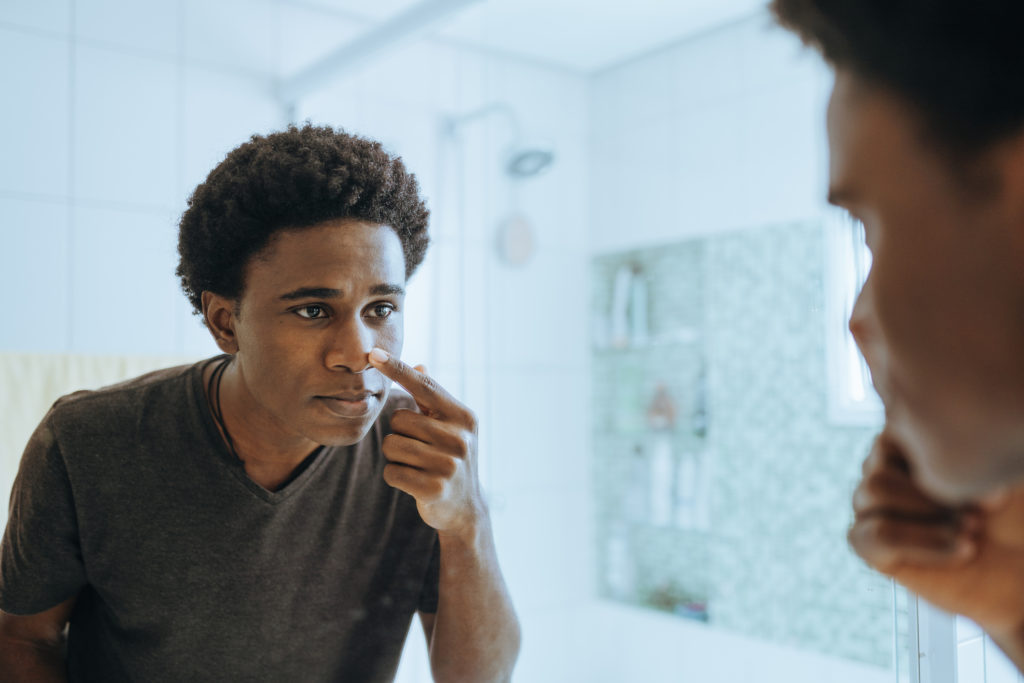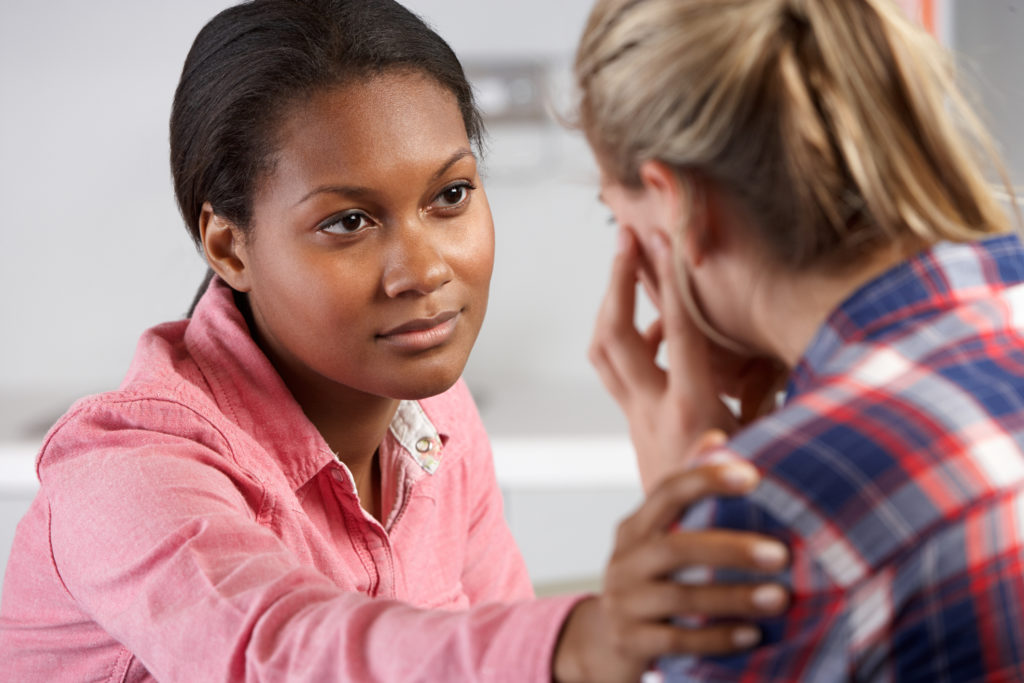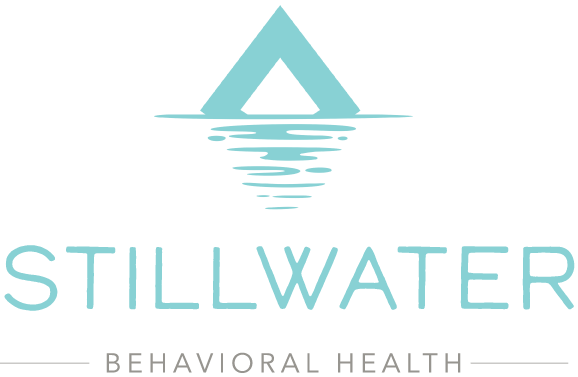What is an Alcoholic Nose (Drinker's Nose)?
Learn about the signifiers of an alcoholic nose and the causes, symptoms, and potential treatment options.
What Is Alcoholic Nose or Rhinophyma
An alcoholic nose, also known as rhinophyma, is characterized by bulbous growths on the nostrils and bridge of the nose. It’s brought about by consistent, prolonged, heavy drinking. It’s most common in older people who have battled alcoholism for most of their life.1

Questions about addiction?
Call Us Now: 1-866-232-9103
Your call is confidential with no obligation required to speak with us.
What Is Alcoholism?
Alcoholism is alcohol dependence. Alcoholics, with or without an alcoholic red nose, have a constant urge to drink and need it to feel normal, sleep, and otherwise function. It’s considered a disease and is caused by any combination of genetics, environment, trauma, and more.2
What Is Rosacea and How Is It Related to Alcoholic Red Nose?
Rosacea is a skin condition diagnosed by flares up of red, irritated skin, blushing, and acne-like appearance. It’s most common in fair-skinned, middle-aged women, and the exact cause is unknown but theorized to be due to hormone or immune system changes. Rhinophyma / alcoholic red nose is a severe side effect of Rosacea. That said, exceedingly few people with Rosacea develop an alcoholic nose.
Common Triggers for Alcoholic Red Nose, or Alcoholic Nose Rhinophyma
There are certain triggers for alcoholic nose rhinophyma. It is important to know the triggers in order to maintain overall health and wellness. Here’s how they work:3
Spicy foods: Spicy food increases overall blood flow to the face, which triggers rhinophyma. Most people with the condition have to change their diet regime to prevent an alcoholic nose.
Temperature changes: Warm temperatures increase blood flow, which causes blushing and burning in a person with Rosacea or alcoholic nose symptoms.
Emotional feelings: Anger, embarrassment, nervousness, and other negative emotions that lead to agitation are other sources of flare-ups.
Certain medications: Medication that causes high body temperature, increases blood flow, mood swings, and more can amplify the effects of drinking nose. Consult your doctor if you think one of your medications is increasing flare-ups.
Stress: Stress, depression, and anxiety cause inflammation, leading to active Rosacea.
Alcohol: Rosacea is triggered by alcohol because alcohol dilates the blood vessels.
Signs of Alcoholic Nose
There are causes of alcoholic nose and visible signs of an alcoholic nose. Here’s what to watch for.
Bumps On the Skin
These bumps are actually benign tumors that occur on the tips and bridge of the nose. They vary in size and, over time, completely change the shape of the nose. A bulbous nose is one of the earliest rhinophyma warning signs.
Thickening of the Skin on or Around the Nose
Various parts of the nose thicken, harden, and fuse. The effect of an alcoholic nose isn’t just on the outside; inner nasal ways can thicken and cause breathing troubles.
Broken Blood Vessels
A nose from drinking alcohol comes with broken capillaries, and eventually, the reddened skin brought on by this becomes semi-permanent. A rhinophyma nose from drinking alcohol causes disfigurement and, potentially, lost job opportunities.
Enlarged Pores
Enlarged pores are more prone to oily buildup. This means people with a drinking nose have to take special care to clean their noses frequently.
Oily Skin
Oily skin is caused by increased oil production, damage to pores, and a lack of hydration and hygiene. It’s one of the earliest alcoholic nose symptoms.
Getting a nose from drinking alcohol comes from a severe drinking habit. Here’s how to prevent the side effects.
Tips to Combat Alcoholic Nose
Catching the early signs of rhinophyma can slow down or stall its development. The condition is seen as a deformity that can lower self-image and reduce overall confidence in those affected. Here are tips to help combat alcoholic noses.
- Eat a healthy, balanced diet
- Maintain a healthy weight
- Stop smoking
- Limit alcohol consumption or abstain completely
- Reduce stress
- Develop healthy alternative habits to drinking
- Join a new social circle or avoid gatherings focused on alcohol consumption
- Avoid triggers that lead to substance use
A drinking nose is hard to get rid of once developed. The residual effects of drinker’s nose (such as social interference or self-esteem deterioration) can be long-lasting.
The only true way to prevent drinking nose is to abstain from alcohol entirely or at early signs of rhinophyma. With that, it is important to recognize the signs of a drinker’s nose to adjust accordingly — prior to full development.
Alcoholism Treatment

Even without an alcoholic nose, alcoholism is a severe condition. It can cause a bevy of harmful effects on the mind and body. And that’s why a person needs help to overcome it. Here are the options for recovery if you or a loved one suffers from alcoholism.4
Detoxification
Detox often involves a medical environment to help ease alcoholic nose symptoms and withdrawal. It’s a necessary part of any drug and alcohol recovery. The alcohol effect on noses is best treated in detox.
Residential Care
Rehab centers have two primary types of resident care. To get rid of a red nose, an individual will need one or the other, if not both. They are as follows.
Inpatient Treatment
Inpatient care is 24/7 medical monitoring in a hospital environment. It’s beneficial to individuals that need a safe space to enter recovery. A person with a nose from drinking alcohol is likely in active addiction. Inpatient care can help prevent them from going further.
Outpatient Treatment
Our alcoholic nose treatment comes with outpatient programs. Outpatient offers medical services and monitoring on a scheduled basis. The rest of the time, individuals are free to maintain their day-to-day lives.
Both forms of residential treatment for the signs of alcoholic nose also help create a long-term care plan to maintain sobriety.
Therapies
Therapy helps individuals work through trauma, cope in healthy ways, and improve their life outlook, among other things. No one gets through recovery alone. Therapy can help you learn how to build healthy relationships and better communicate with loved ones and peers. An alcohol effect on the nose belies significant dependency. Therapy helps uncover the root of the dependency and provides long-term treatment.
A team is needed to overcome alcoholic nose and underlying addiction. Rhinophyma alcohol effects impact everyone differently. But in a worst-case scenario, rhinophyma alcohol developments can affect mood, job, and social opportunities. Plus, alcohol rhinophyma can disrupt sleep and other crucial functions.
Resources
- https://www.ncbi.nlm.nih.gov/pmc/articles/PMC4426765/
- https://nida.nih.gov/publications/drugs-brains-behavior-science-addiction/drug-misuse-addiction
- https://www.webmd.com/skin-problems-and-treatments/news/20040218/link-between-rosacea-alcohol
- https://www.webmd.com/mental-health/addiction/understanding-alcohol-abuse-symptoms


